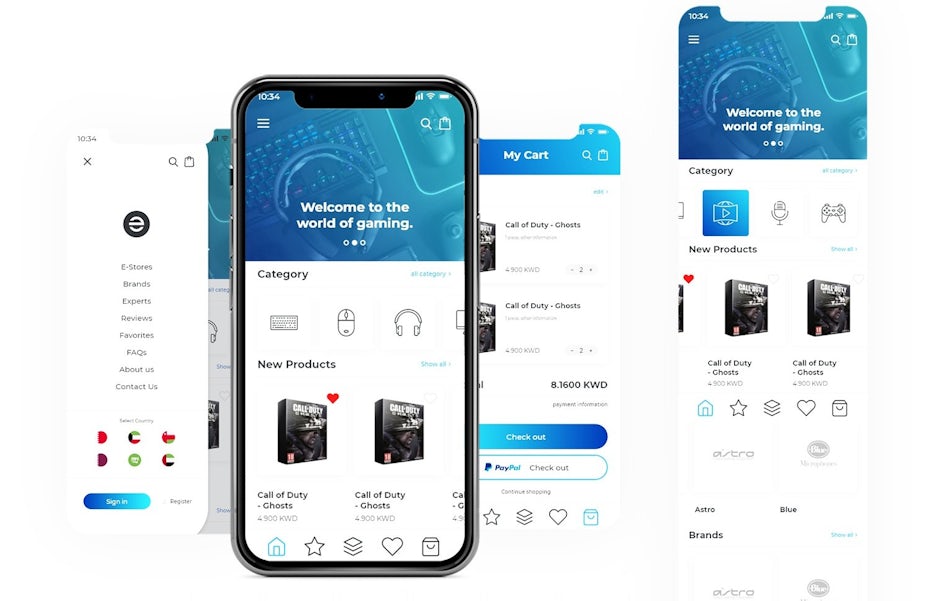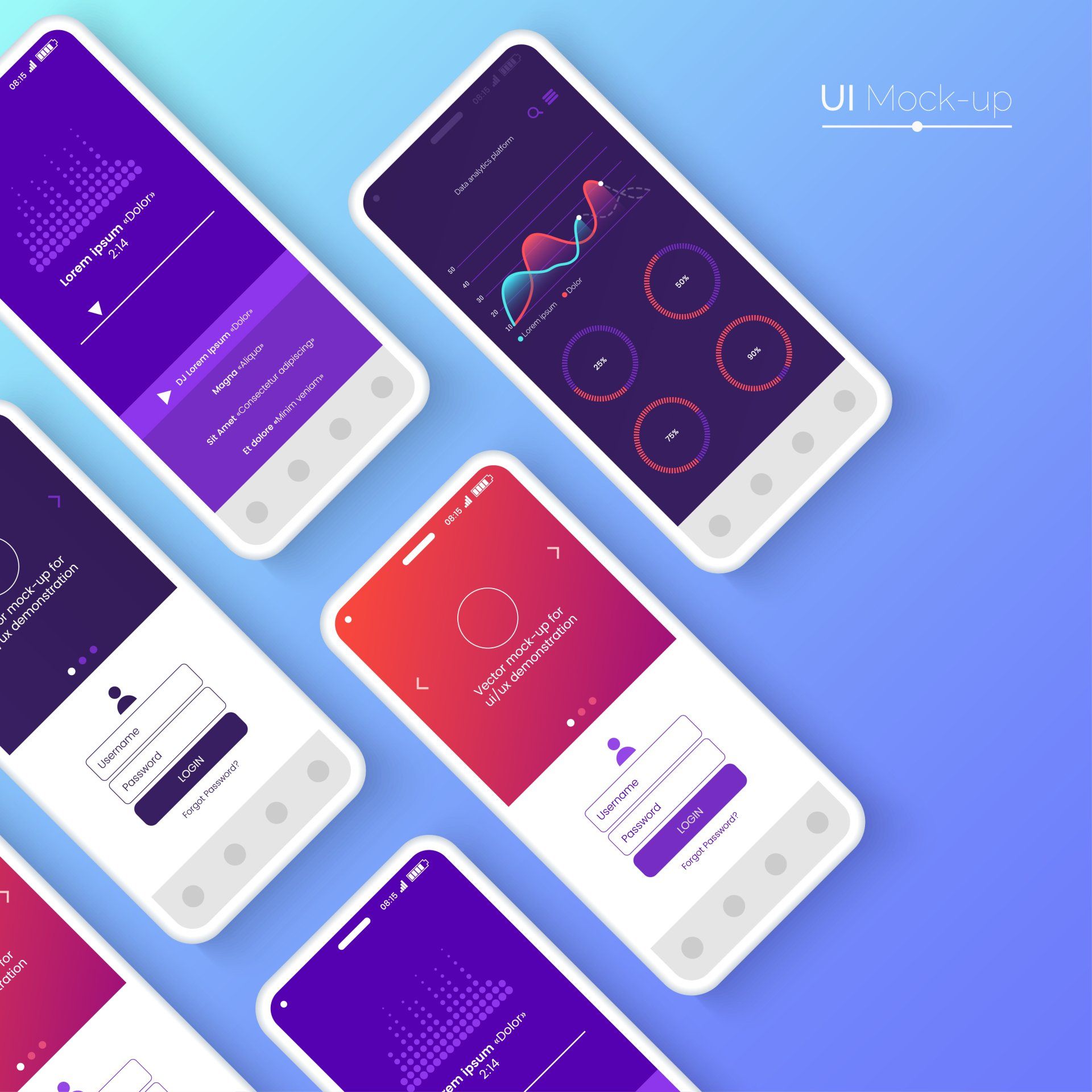Dominate Search Results Page with Next-Level Mobile Optimization Techniques
Wiki Article

The Ultimate Guide to Mobile Optimization: Strategies for Enhancing Site Efficiency on Smartphones and Tablets
The approaches for improving website efficiency on mobile systems go beyond mere adaptation; they include an extensive method that involves receptive design, speed optimization, web content approaches, and individual experience enhancements. By delving right into the details of mobile optimization, services can not just satisfy individual assumptions yet additionally remain ahead in an affordable digital landscape.Importance of Mobile Optimization
Mobile optimization plays a critical role in improving individual experience and driving conversion rates in the ever-evolving electronic landscape. With the enhancing use mobile phones and tablets for searching the internet, ensuring that websites are enhanced for mobile devices has actually ended up being imperative for services - Mobile Optimization. A mobile-optimized website not only adapts effortlessly to different screen dimensions but additionally loads promptly, offering users with a smooth and pleasurable surfing experienceIn today's fast-paced globe, users expect instantaneous accessibility to information on the move. A website that is not enhanced for smart phones risks losing prospective consumers because of slow down filling times or a poor interface. By spending in mobile optimization, services can accommodate the needs of their mobile target market, causing higher interaction and raised conversions.
Moreover, internet search engine like Google prioritize mobile-friendly internet sites in their rankings, making mobile optimization vital for enhancing visibility and drawing in organic web traffic. Mobile Optimization. On the whole, the relevance of mobile optimization can not be overemphasized, as it straight influences customer fulfillment, conversion prices, and total organization success in the digital realm
Responsive Layout Methods
Applying receptive design methods ensures that internet sites dynamically change their layout and material based upon the user's tool screen dimension, supplying a constant user experience across numerous systems. One of one of the most common methods utilized in receptive style is developing fluid grids that allow content to resize proportionally to the display dimension. This guarantees that components on the web page maintain their family member spacing and plan, maximizing the seeing experience for customers on various devices.In addition, using versatile pictures that can scale with the size of the viewport aids prevent pictures from being chopped or distorted on smaller sized displays. CSS media questions play an essential role in responsive style by permitting developers to apply specific styles based on the tool attributes such as display size, height, and orientation. By leveraging media inquiries, sites can adapt their design and layout to fit smartphones, tablet computers, and desktop computer displays seamlessly.
Incorporating receptive style methods not only improves user experience yet likewise adds to boosted internet search engine positions, as online search engine like Google focus on mobile-friendly internet sites in their mobile search engine result. By welcoming receptive layout, internet sites can deal with the varied requirements of customers accessing material on a variety of devices, ultimately driving engagement and conversions.
Speed and Efficiency Optimization

One key technique is more information optimizing photos and multimedia material to minimize data sizes without compromising quality. Pressing images, leveraging modern photo layouts like WebP, and lazy packing offscreen images are effective techniques to accelerate load times (Mobile Optimization). Furthermore, lessening HTTP requests, leveraging browser caching, and lowering server feedback times are crucial action in boosting performance.
Implementing a web content delivery network (CDN) can likewise substantially boost internet site speed by distributing content throughout multiple servers worldwide, decreasing latency for customers accessing the site from various areas. Focusing on crucial above-the-fold material and delaying non-essential manuscripts can further enhance viewed efficiency. By concentrating on rate and performance optimization, web sites can supply a smooth and rewarding customer experience on mobile tools.
Mobile-Friendly Content Approaches
To enhance material for mobile tools, it is necessary to prioritize readability and involvement through tactical formatting and succinct messaging. Mobile-friendly web content techniques include customizing the discussion of information to suit the smaller sized displays and on-the-go nature of smartphone and tablet computer customers. One crucial aspect is to make sure that message is quickly legible without the need for zooming in, utilizing font sizes that are understandable on mobile displays. In addition, damaging up web content right into shorter paragraphs and using bullet points can help improve readability and make it simpler for individuals to take in information promptly.Including interesting informative post visuals, such as pictures and check out this site videos maximized for mobile viewing, can likewise enhance the total individual experience. These visuals should be pertinent, top notch, and lots swiftly to stop individuals from shedding interest. In addition, integrating interactive components like quizzes, polls, or surveys can enhance individual interaction and encourage energetic involvement.
User Experience Enhancements
Structure on the foundation of mobile-friendly web content techniques, boosting individual experience involves maximizing every touchpoint to guarantee smooth communication and complete satisfaction for mobile customers. One vital aspect of improving individual experience on mobile gadgets is making sure quickly loading times. Users anticipate websites to pack swiftly on their mobile phones and tablet computers, and any delays can cause stress and enhanced bounce prices. Implementing responsive layout is one more crucial variable in boosting user experience. Responsive design makes certain that websites adapt to different display dimensions and resolutions, giving a consistent and easy to use experience throughout different tools.Optimizing types for mobile users by decreasing the number of fields and making use of auto-fill functions can also boost the general customer experience. By focusing on these customer experience enhancements, internet sites can successfully involve and maintain mobile visitors.
Final Thought
In conclusion, mobile optimization is critical for improving internet site efficiency on smartphones and tablets. By applying receptive design methods, optimizing speed and performance, creating mobile-friendly web content, and improving individual experience, businesses can successfully get to and engage with their mobile audience. It is vital for websites to adapt to the boosting mobile use trends in order to stay affordable in the electronic landscape.Report this wiki page